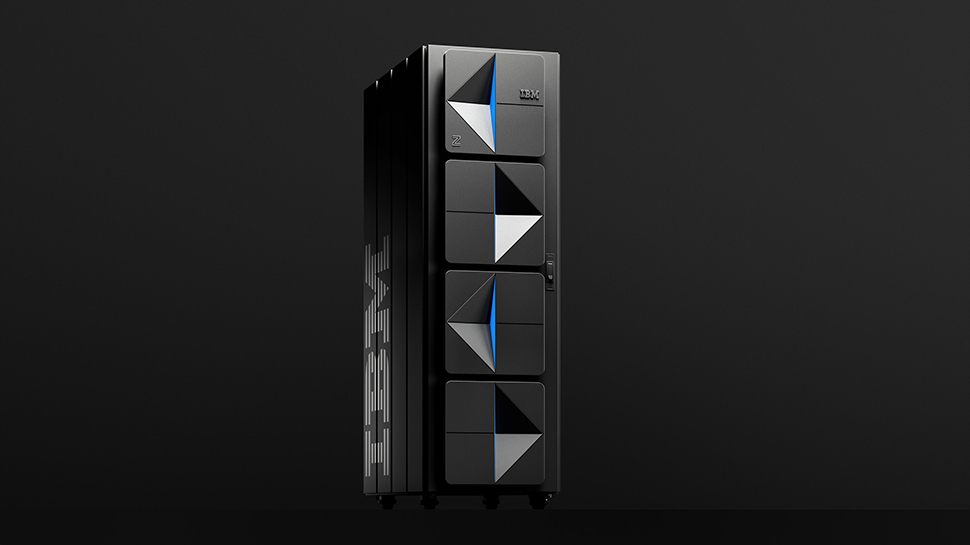It's alive! IBM unveils its most powerful mainframe yet, which it says is fully engineered for the AI Age
IBM z17 is powered by the Telum II processor Big Blue announced in 2024

- IBM's fastest mainframe computer to date has a Telum II CPU with on-chip AI coprocessor
- There is also an AI accelerator that it hopes will make it an attractive option
- The IBM z17 brings Big Blue in the age of AI but will this be enough to fend off competition?
IBM has announced the z17, a new mainframe to address growing AI demands on enterprise infrastructure.
Positioned as a foundation for hybrid cloud environments, and with support for real-time AI and enterprise-grade resilience, the IBM z17 is designed to handle transaction-heavy workloads, improve operational efficiency, and address security concerns in industries with stringent compliance needs.
Central to the new mainframe is the Telum II processor, which was originally announced at Hot Chips 2024. Developed using Samsung 5nm technology, it integrates an on-chip AI coprocessor to support inferencing tasks, including small language models with fewer than 8 billion parameters.
Big on security
Alongside the processor, Big Blue plans to offer the Spyre Accelerator card (also originally previewed at Hot Chips) to complement the Telum II and extend the AI compute capabilities for unstructured data processing such as text-based generative AI.
The z17 can accommodate up to 48 of these accelerator cards, allowing scalability across enterprise workloads. It is expected to be available 4Q 2025 via PCIe card.
Security is a big focus for the IBM z17 and includes AI-powered features such as Sensitive Data Tagging for z/OS and IBM Threat Detection for z/OS, both of which use natural language processing to identify and protect sensitive data or scan for potential threats.
In addition, it supports NIST-standardized quantum-safe cryptographic algorithms to address future regulatory requirements.
Are you a pro? Subscribe to our newsletter
Sign up to the TechRadar Pro newsletter to get all the top news, opinion, features and guidance your business needs to succeed!
The z17 system also incorporates a new data processing unit to accelerate I/O protocols for networking and storage.
IBM says it expects application developers to benefit from AI-driven assistants that can automate tasks across the software development lifecycle, improving productivity and reducing skill transition issues in mainframe environments.
Transactional AI use cases such as fraud detection, money laundering prevention, and anomaly detection can now be deployed closer to the data source, IBM says, with support for multimodel inference to improve accuracy and reduce false positives.
"The industry is quickly learning that AI will only be as valuable as the infrastructure it runs on," said Ross Mauri, general manager of IBM Z and LinuxONE, IBM.
"With z17, we're bringing AI to the core of the enterprise with the software, processing power, and storage to make AI operational quickly. Additionally, organizations can put their vast, untapped stores of enterprise data to work with AI in a secured, cost-effective way."
Available in configurations that support up to 208 processors and 64TB of memory, the z17, which is the culmination of five years of design and development, is designed to operate at 5.5GHz and comes housed in up to four frames. While aimed at critical workloads, IBM is also positioning it as part of a larger hybrid cloud strategy.
IBM also took the wraps off z/OS 3.2, the next version of its flagship operating system for IBM Z systems. This is planned for release in the third quarter of 2025.
You might also like

Wayne Williams is a freelancer writing news for TechRadar Pro. He has been writing about computers, technology, and the web for 30 years. In that time he wrote for most of the UK’s PC magazines, and launched, edited and published a number of them too.
You must confirm your public display name before commenting
Please logout and then login again, you will then be prompted to enter your display name.